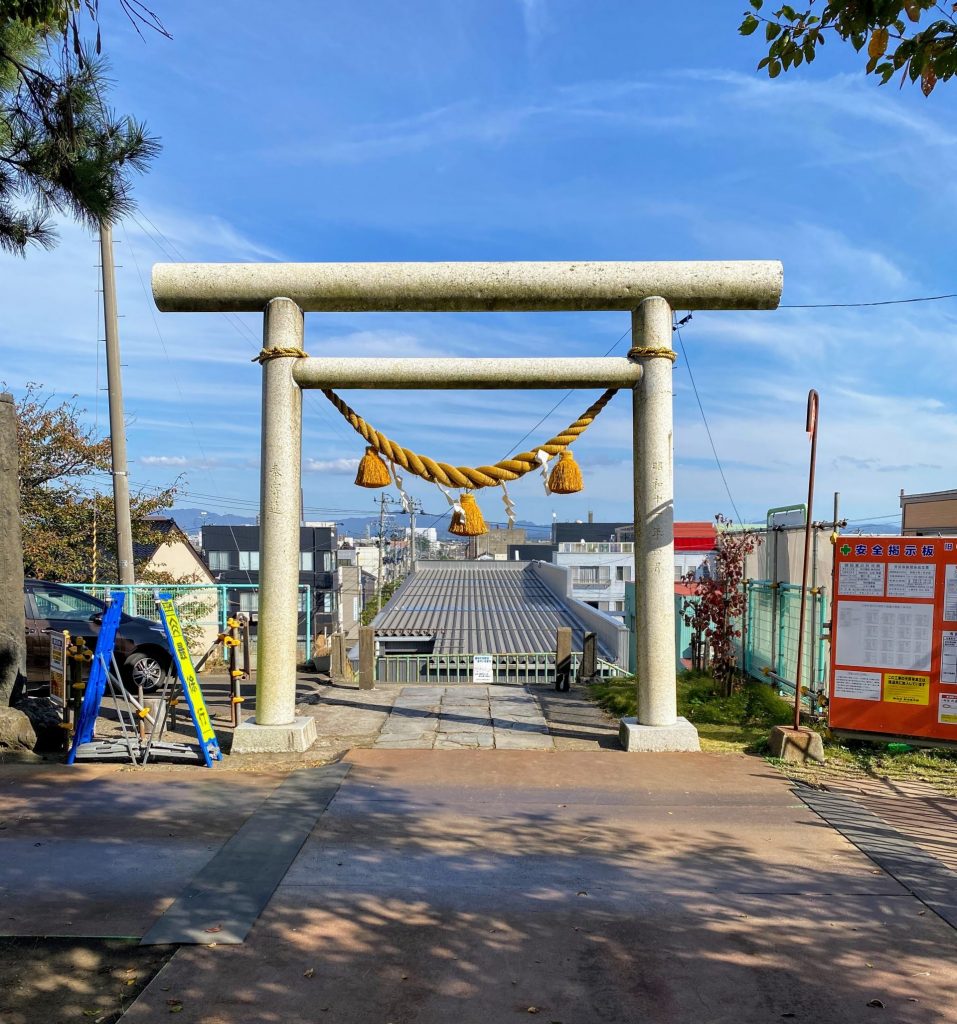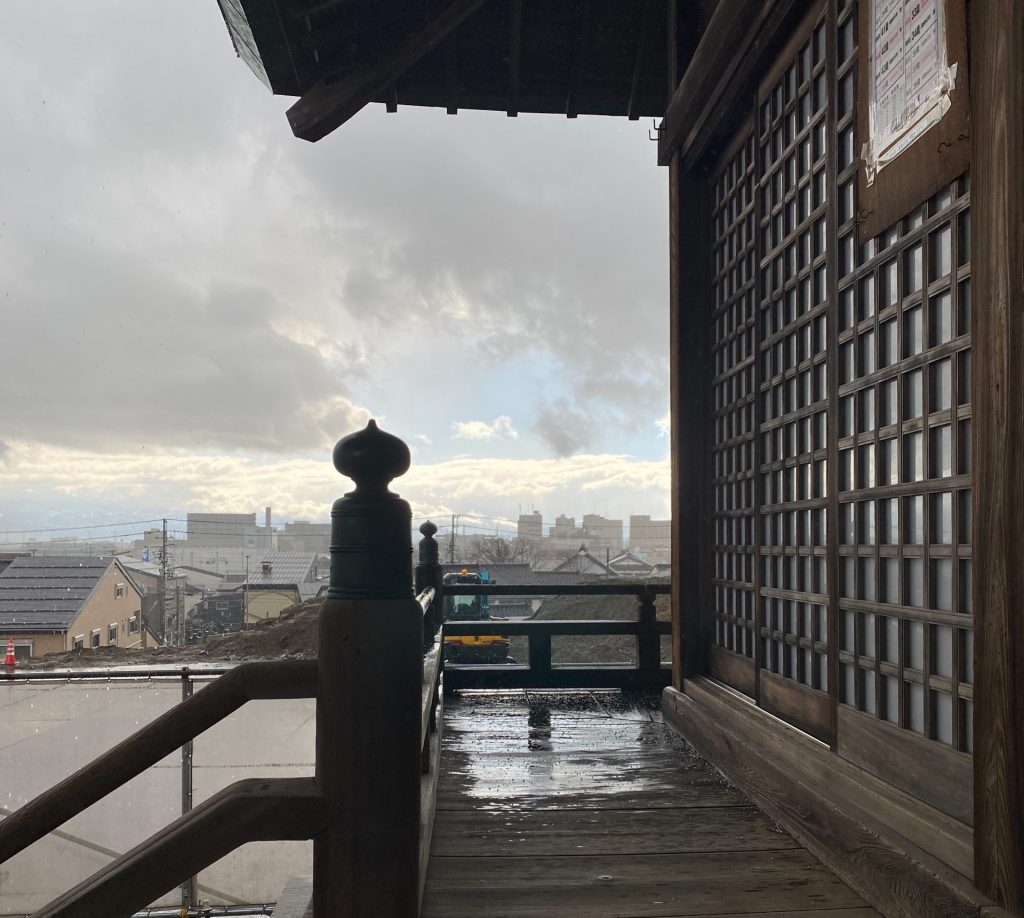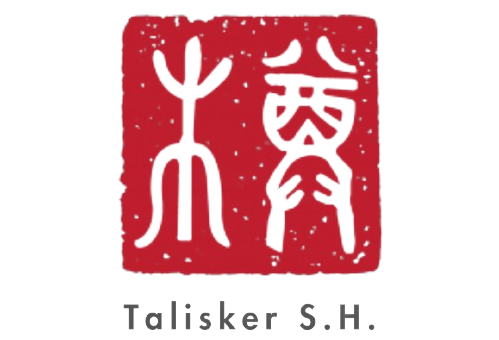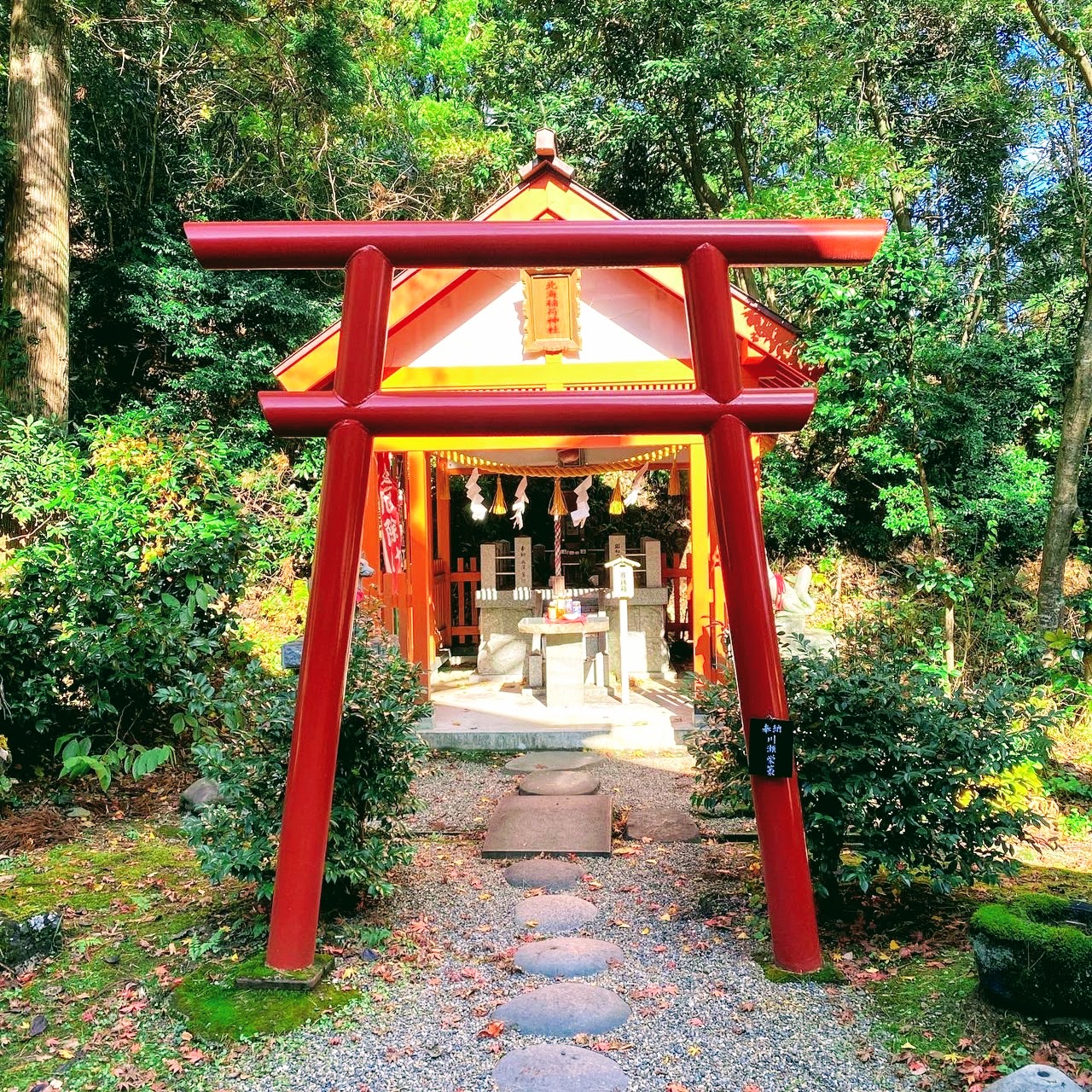On the 6852 islands of Japan, there are Kami.
Kami are primordial nature spirits. They manifest as the sea, the wind and the rain. They’re creeks, floods, and typhoons that dash Mongol ships against the Kyushu shoreline. They can even take the form of abstract nouns. Mountains make for especially important Kami (see Mount Fuji), but no Kami is more important than the sun.
Kami can reside within people, too. The emperor of Japan and his descendants are Kami. Sometimes, Kami manifest in culturally significant buildings. My town’s martial arts gymnasium contains a white-panelled section of wall that is a Kami. Practitioners must kneel in reverence to the entity before every session.
For the most part, Kami are elements of nature that inspire awe. If a waterfall, tree, or even a particularly aesthetic rock ever gave you pause, then you’ve felt a Kami’s power.
Awareness of these beings comes from the primaeval sense that the natural world is both beautiful and terrifying. Accordingly, Kami have two souls: one benign, the other destructive. By appeasing a Kami, one hopes to encourage it’s first soul and avoid the wrath of the latter.

Acknowledgement of Kami and the veneration of these beings are what constitutes Shinto, something akin to a religious practice.
The above sentence is just about all scholars can agree on when it comes to defining Shinto. The tradition has many qualities, or lack thereof, that make it hard to classify as a religion. It doesn’t espouse a moral code, nor does it have a founder. Shinto lacks base texts like the Bible or the Koran; there isn’t even a specific doctrine that outlines practices. Preaching and conversion are rare, and the faith isn’t much concerned with the afterlife.
Ritual rather than belief lies at the heart of Shinto. In this regard, it’s less a religion and more an inseparable part of Japanese culture.

Many of these rituals take place at Shrines. A Shinto shrine requires a series of steps to ensure one’s visit is done properly. Visitors must first wash their hands and mouths with water from a trough at the entrance. When making an offering, bow twice, clap twice, ring the bell, and bow once more – in that order.
Japanese who observe rituals like these are unlikely to see them as religious practices, much like how everybody who says “bless you” isn’t a god-fearing Catholic. Rather, to many, going through the motions of visiting a local shrine is simply an aspect of daily life.
An estimated 96 million Japanese regularly engage in Shinto rituals. Yet, two decades ago, when Pew surveyors asked Japanese whether religion was important, 75% answered no. That Japan should be home to the most devout, irreligious people on earth is just another incongruity in a land of mystifying incongruities.

As mentioned, Shinto is notably light on philosophy. Yet, what it does emphasise is a belief in universal impermanence. There’s a reason why Japan’s national symbol is the cherry blossom – a flower that blooms and disappears within the space of a week.
One seeking further examples of this philosophy can look no further than Ise Jingu – the holiest site in Shinto. Ise Jingu is so sacred that punters like me can only gaze upon the fence surrounding the main building. No one knows for certain how old the site is. It was already an ancient place of worship when the first histories of Japan were written, some 2,000 years ago.
Yet, despite this level of prehistoric sanctity, the main buildings are dismantled and rebuilt with new materials every 20 years. The western equivalent would be tearing down the Sistine Chapel, scorching the rubble, and building it anew every two decades. Unthinkable.
Shinto’s philosophy of impermanence could well be the product of a nation routinely humbled by nature’s power. This is, after all, the most seismically active country on earth. A mediaeval European might well baulk at how frequently Japan’s wooden castles catch fire, but I’d like to see Mont Saint Michel stand up to the 5,000 earthquakes that rattle these islands each year.
That life is short and everything dies are truisms that permeate Shinto and therefore Japanese culture as a whole. This is Mono no aware, meaning “sensitivity to transience” – the idea that true beauty is fleeting and that good people accept how everything they love will one day disappear. Heartwarming stuff.
Yet, Shinto is far from a pessimistic tradition. For one, that a Kami could wash one’s life away in a tsunami on any given day tells us to savour the good stuff. In our brief pre-tsunami window, we should accept change and seek to live well in the face of new challenges. Moreover, Shinto says it might also be a good idea to acknowledge and respect the immortal supremacy of nature. In doing so we might, just maybe, avert disaster.


What is your favourite Kami?
Where is your favourite shrine?
Lovely piece 💛
Fujin and Tenjin.
Kasugayama.
Thanks my b 🐝